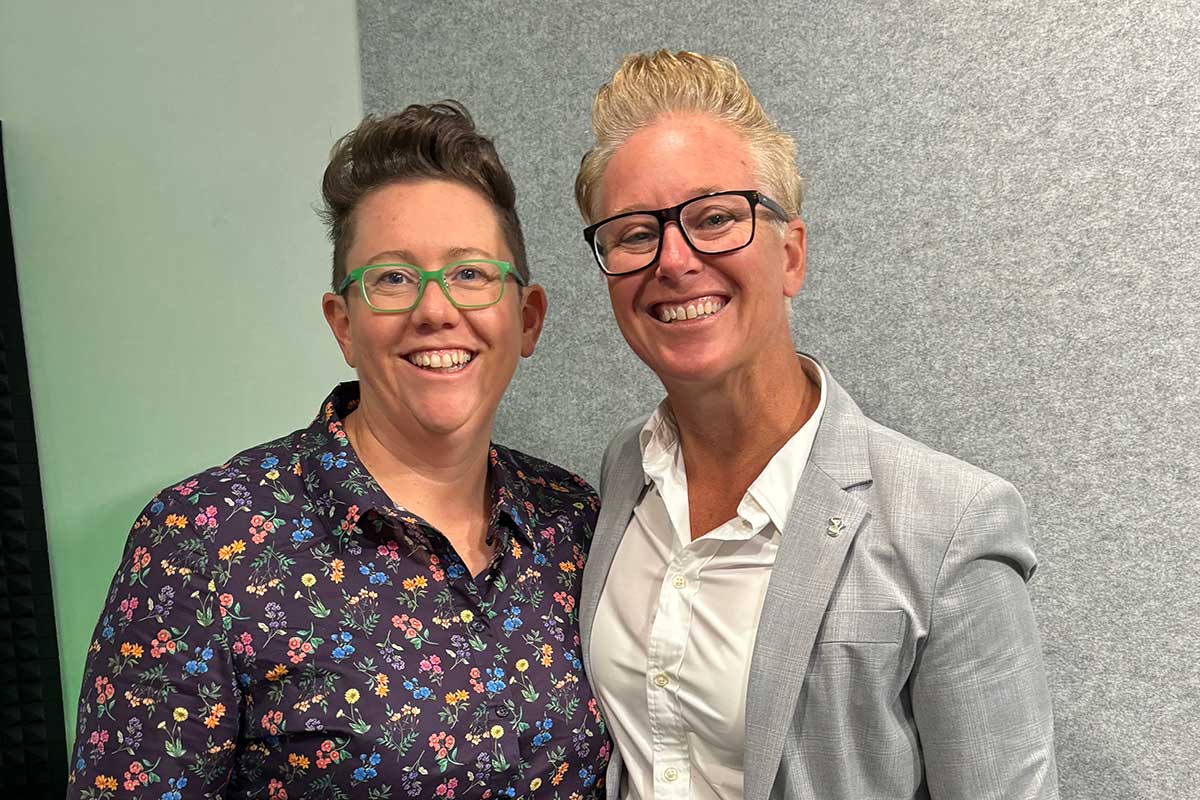Not just a tree, but a home
Old trees provide a range of habitats for native mammals (including bats), reptiles, insects and birds, that cannot be provided by younger trees. Their large limbs, dead branches, tree hollows, peeling bark and logs provide all sorts of roosting and nesting opportunities, as well as producing seed, pollen and nectar.
The land used for the first stages of development at Ginninderry is open pasture, dotted with mature eucalypts in excess of 100 years old and in varying degrees of physical condition. Some are of high quality and contain hollows. Once lost, these trees cannot be readily replaced.
While the prevalence of older, more mature trees is high, younger trees are less common as they have either died, been removed or simply not grown. For some, the abundance of old trees may represent nostalgia – old world charm even; however, from an ecological perspective, a lack of variety in tree age can have serious consequences for the broader ecosystem.
At Ginninderry, we have been working with researchers from the Fenner School of Environment and Society at the Australian National University to look at how we can not only keep as many of the old, mature trees within our development, but also provide new growth, habitat and support for these trees over their lifetime and beyond.
To date, our findings have included:
Keep as many trees as possible
When planning new suburbs, there are many constraints to consider including topography, drainage, road design and open space connections. A study looking at new developments found that typically only 30-50% of trees are kept as part of the new urban layout. Working with the Fenner School enabled us to exceed these figures with 78% of all trees in Stage 1 now being preserved (and 92% in Stage 2). Our suburb design has been refined and reviewed, with our team realigning roads and footpaths, reshaping and removing housing blocks and increasing public open spaces to ensure that we retain as many trees as practical. Furthermore our preliminary intention is to retain around 80% of all trees in Stage 2 subject to final resolution of design and approvals.
Allow trees to age where they stand
It’s best to allow trees to age where they stand – even after they die. Research has found that leaving old dead trees in place can greatly enhance the biodiversity within an urban setting. Allowing trees to remain standing while being safe for pedestrians and infrastructure is important when designing urban open spaces. Allowing branches to fall from a tree to drop naturally and remain in place is much more effective for biodiversity conservation, and more cost-effective than removing limbs from trees or off the ground. Standing trees, even when they look dead, give birds places to perch and provide hollows and nesting spaces for a variety of animals.
Planting new growth
Each tree that is kept should be accompanied by an initial planting of seedlings. Planting an initial set of seedlings and replanting every 10-20 years will ensure an even distribution in tree ages to provide a stable population of mature trees over time. Planting small clusters of trees will attract many types of birds who like to forage in dense undergrowth.

Author: Jessica Stewart, Sustainability Manager


